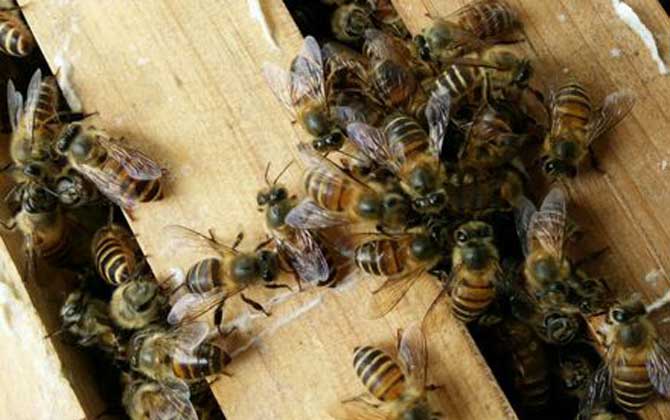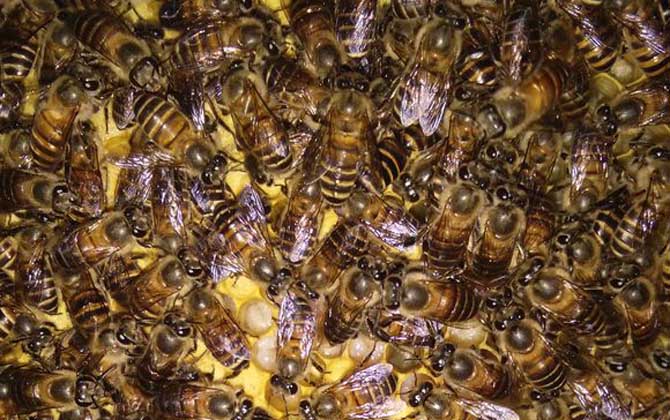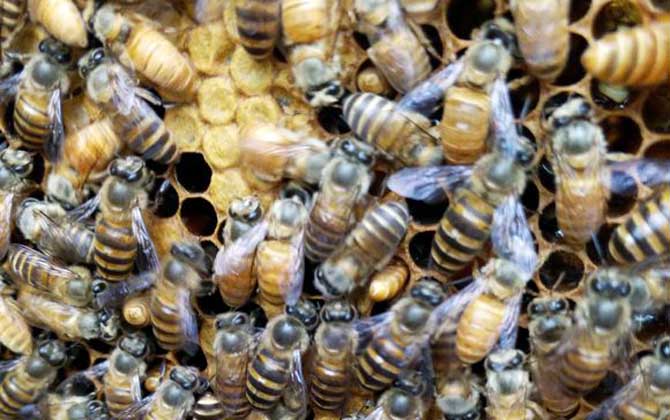Bees: Social Insects and Their Habitat Requirements
Bees are eusocial insects belonging to the family Apidae and genus Apis, comprising nine recognized species. Renowned for their flower-visiting and honey-producing capabilities, they play crucial ecological and economic roles. Among them, the Chinese Honey Bee (Apis cerana) and Western Honey Bee (Apis mellifera) are the most widely recognized species. Let’s explore the key environmental factors influencing bee colonies.
I. Temperature Regulation in Bee Colonies

Bee colonies demonstrate remarkable thermoregulation abilities:
- Maintain precise hive temperature between 34-35°C for brood development
- Cooling mechanisms include wing fanning and water collection during overheating
- Winter clustering behavior preserves heat through metabolic activity (honey consumption)
- Optimal ambient temperature range: 15-25°C
- Extended exposure below 10°C reduces worker bee lifespan during overwintering
Recent studies show temperature fluctuations exceeding ±2°C from ideal brood temperature can impair larval development.
II. Humidity Management

Humidity requirements vary seasonally:
| Seasonal Phase | Optimal Humidity Range |
|---|---|
| General Nest Conditions | 77-84% RH |
| Nectar Flow Period | 55-60% RH |
| Non-flow Brood Area | 76-91% RH |
| Overwintering | 75-80% RH |
Bees employ water collection or ventilation to maintain these levels, crucial for:
• Honey concentration
• Brood health
• Disease prevention
III. Light Orientation

Phototaxis significantly influences bee behavior:
- Hive entrance orientation: South-facing preferred during active seasons
- Winter precautions: Avoid east-facing entrances to prevent light-induced freezing
- Nocturnal management: Maintain dark environments near apiaries
- Special consideration required during queen mating flights
Modern beekeeping practices recommend using red lighting (less attractive to bees) for nighttime inspections.
IV. Weather Impacts

Meteorological factors affect bees through:
- Direct limitations:
– Flight cessation during rain (>4mm/hr wind speed >24km/h)
– Foraging range reduction at temperatures <13°C - Indirect floral impacts:
– Black locust: 40% nectar reduction after heavy rain
– Linden trees: Frost damage decreases secretion by 60-70%
– Jujube blossoms: Drought stress limits nectar production
V. Nectar Source Requirements

Essential considerations for sustainable apiary locations:
- 3km radius containing diverse floral resources
- Minimum 700kg/hectare nectar availability
- Sequential blooming patterns ensuring continuous supply
- Preferred species: Sunflower, clover, and fruit tree varieties
Colonies typically require 120-200kg annual honey production for self-sustenance.
VI. Natural Predators

Major threats to bee colonies include:
| Predator | Impact Level | Control Methods |
|---|---|---|
| Asian Giant Hornet | Extreme (5+ hornets can destroy colony) | Physical traps, entrance reducers |
| Spider | Moderate (individual bee predation) | Vegetation management |
| Wax Moths | Chronic (hive destruction) | Strong colony maintenance |
Notably, Vespa velutina (yellow-legged hornet) has caused 30-50% colony losses in some European regions since 2004.
Understanding these environmental factors enables better beekeeping practices and conservation efforts. Modern apiculture combines traditional knowledge with technological solutions like climate-controlled hives and GPS-assisted floral mapping to optimize colony health and productivity.